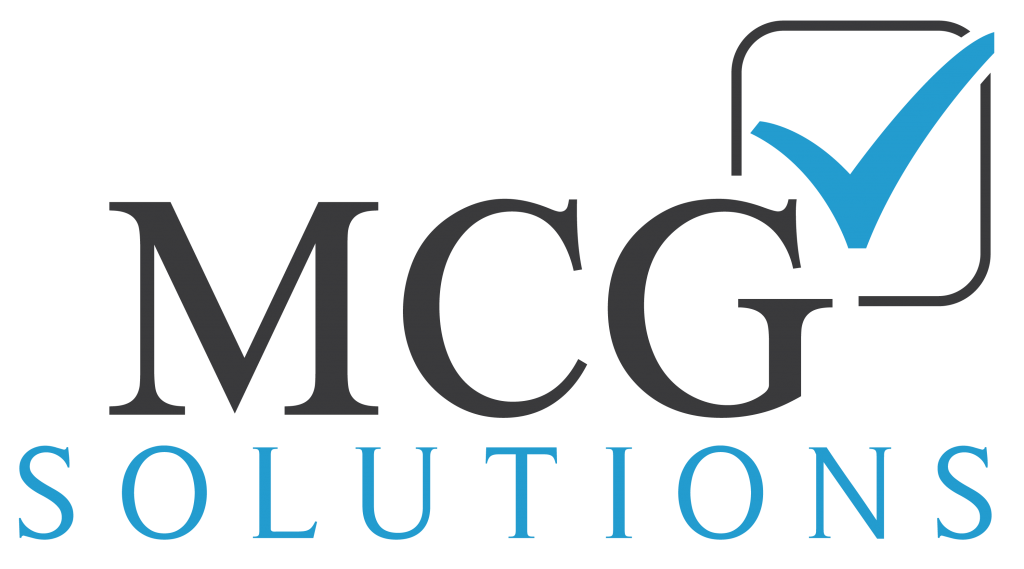Invoices aren’t a stimulating business topic, but they’re ultimately how you get paid. If you make a mistake on your invoice it could wind up costing you money, or at the very least delaying your payment.
Below we share five common invoicing mistakes, and how you can avoid them.
1. You don’t set clear terms for late payment
Invoicing for the products or services you provided seems clear-cut: you provide the expected deliverable, and the client provides the agreed-upon payment amount. At any point in your discussions, on your contact or in your invoice, do you outline expectations for when payment is due? If 90 days is standard in your industry but you want to be paid in 60, you’ll need to be explicit. If the client pays late, what are the repercussions?
The invoice is also an opportunity to set clear incentives for early payment. If your invoice details that clients will receive a 10 percent discount for early payment, they may be more inclined to do so.
2. You’re sending invoices to the wrong person
Imagine all the steps that need to happen when an invoice lands in the wrong inbox. You have to hope that wherever it went, the person who has it will send it to the appropriate colleague in a timely manner. This adds delay and confusion to the process, making it harder for you to get paid.
When finalizing details with a client, ask for the correct name, department and address of the person who handles invoicing. If you’re noticing delayed payments, follow up with your client to double-check whether you have the right information.
3. You treat your invoice as paperwork and not an extension of your brand
While invoices are seemingly more boring than a flier advertising your services, but invoices are still a product generated by your company and therefore an extension of your brand. Your invoice should at least have your letterhead or company logo so clients can identify whom to pay; in fact, just adding your logo makes your invoice three times more likely to be paid. Online invoice generators can help you create a clean, professional template to send to clients.
4. You create invoices manually
A lot can go wrong when you invoice manually. You may forget to generate the invoice, forget about an added cost or completely forget to send the invoice. These operator errors all lead to delayed or lost payments. Automated processes will help you invoice correctly and efficiently.
5. You’re not strategic about when you invoice
General wisdom is to invoice immediately after the project is complete to capitalize on customer satisfaction and ensure you get paid sooner. However, there are opportunities to be more strategic about when you send an invoice. If you send on the 10th but the client processes invoices on the first, you’re waiting almost another month for payment, hurting your cash flow. Some clients may be more likely to pay an electronic invoice, while others prefer a physical copy. Each client will vary, so take time learn about your industry and client practices to ensure you get paid.
Let MCG Solutions help you manage your bookkeeping to get
paid faster. Contact us today to get started.
